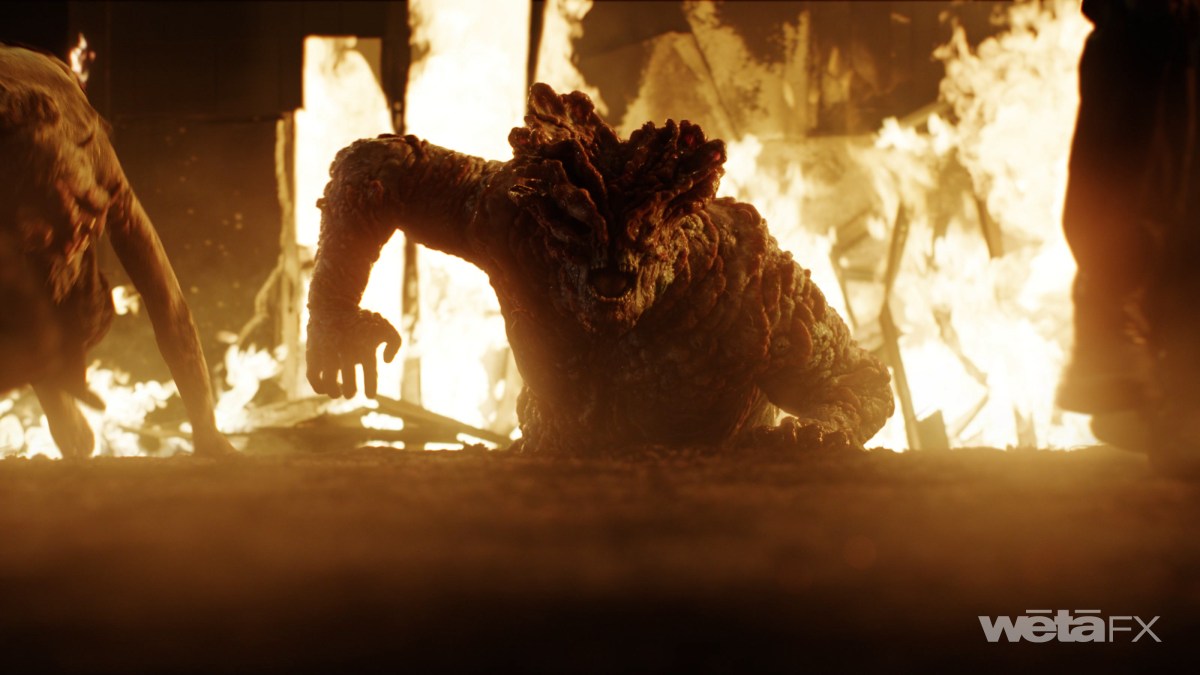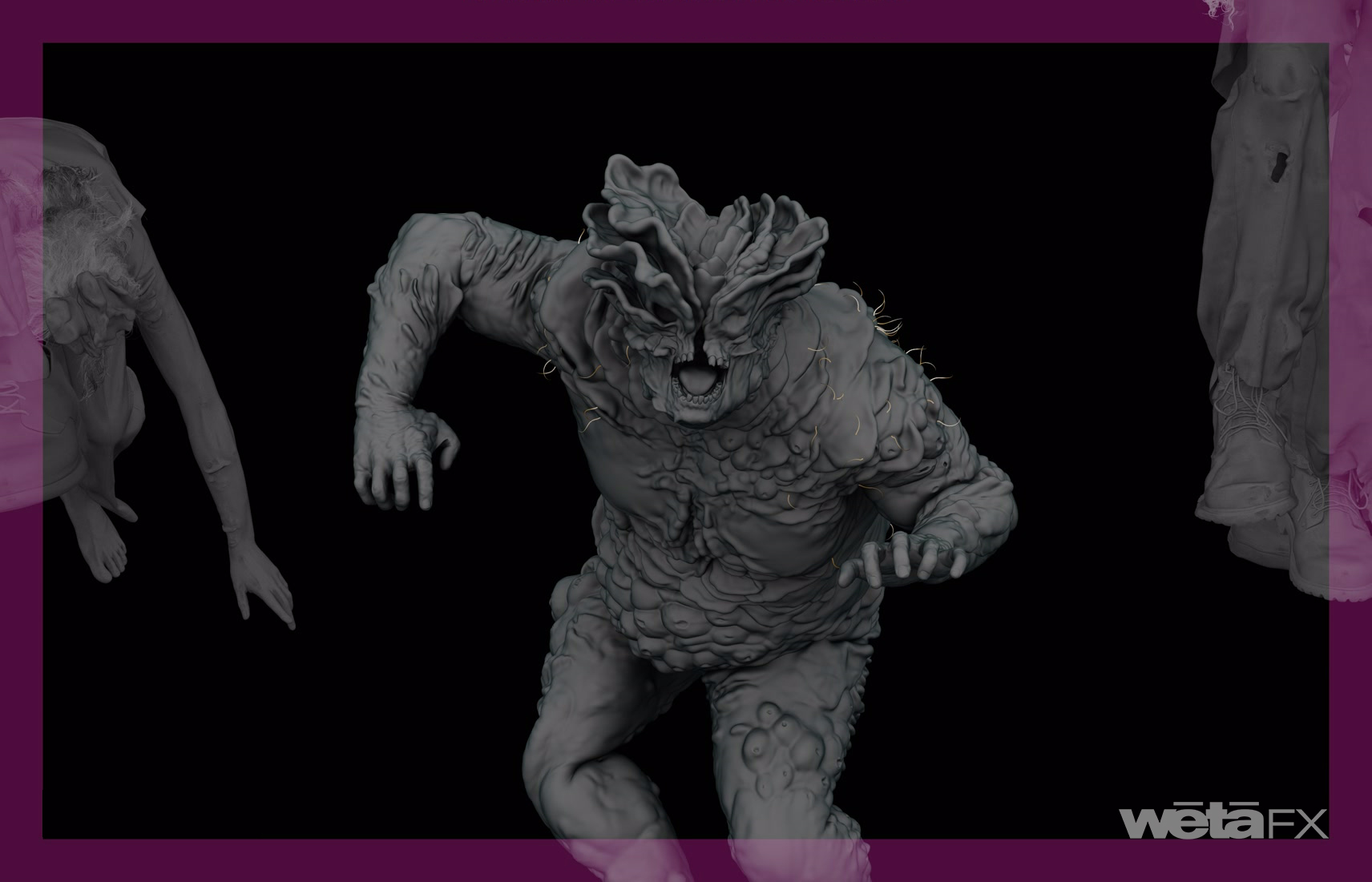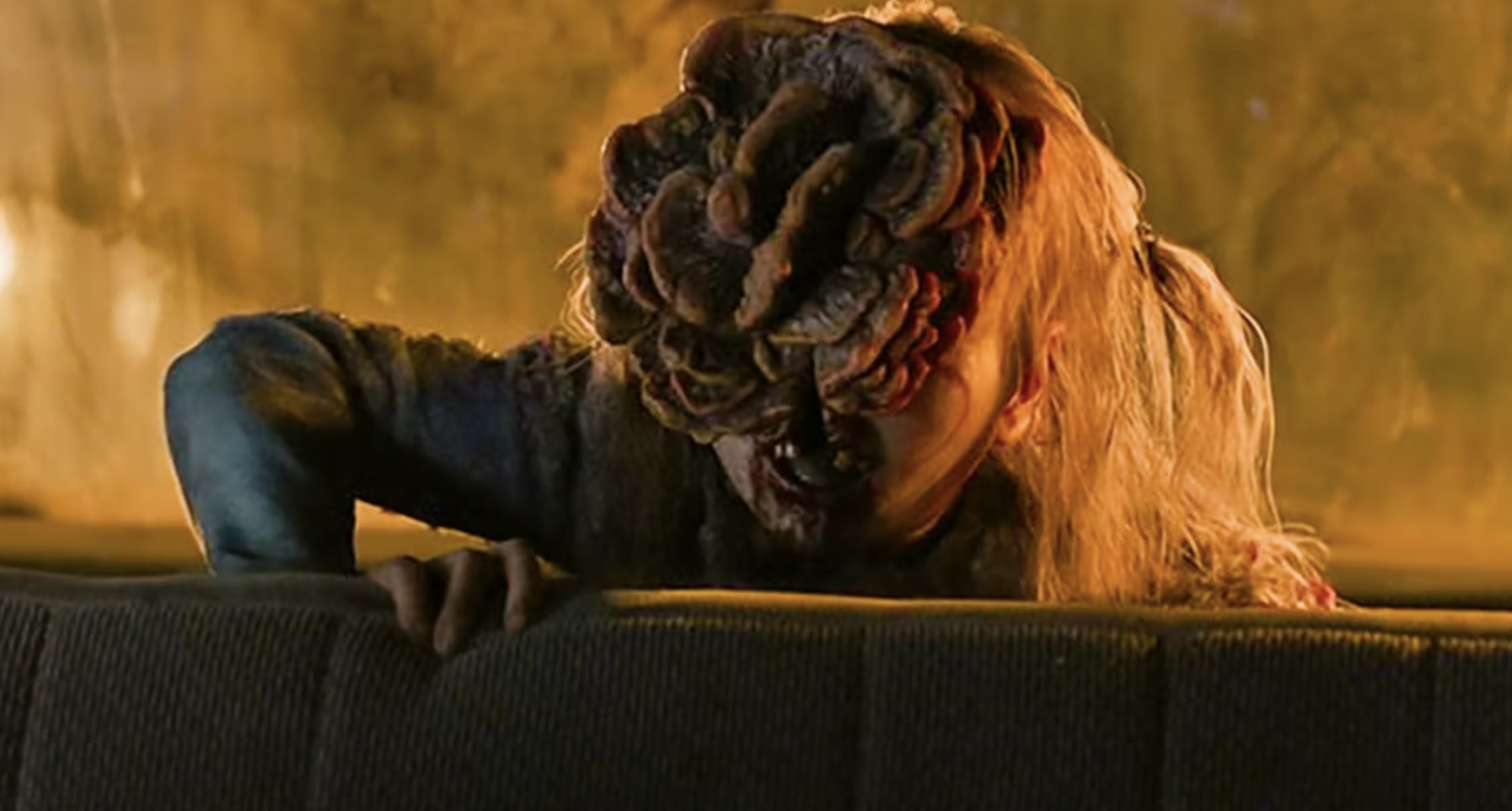Products You May Like
“Nobody does creature work the way Wētā does,” Craig Mazin, co-creator of HBO’s “The Last of Us,” said in the official podcast for the video game adaptation series. If you’d had a chance to watch the bloater scene from episode five, then you most likely agree with him.
It makes sense that HBO approached Wētā FX to be a lead vendor for the creature work. Formerly known as Weta Digital, the New Zealand-based digital visual effects company has worked on some of the most well-known franchises, like “The Lord of the Rings,” “King Kong” and “Avatar.” In fact, the team recently won an Oscar for Best Visual Effects in “Avatar: The Way of Water.”
TechCrunch spoke with VFX supervisor Simon Jung and animation supervisor Dennis Yoo, who talked about the teams’ contributions to the HBO series, which included digitally recreating the prosthetics of the live-action bloater, creating computer-generated (CG) animals and transforming sets to make it look overgrown with plant life and cordyceps fungus. The company also digitally replaced the live-action clickers in episode two and the clicker child character in episode five.
Other Wētā FX team members that worked on “The Last of Us” were VFX producer Aaron Cowan, VFX associate producer Dave Hampton, FX supervisor Claude Schitter, CG supervisor Ben Campbell and compositing supervisor Ben Roberts.
According to the company, Wētā FX worked on six out of nine episodes, bringing the total of visual effects shots by Wētā to 456. There were over a dozen other VFX houses working on the show, and approximately 250 visual effects shots per episode, Alex Wang, VFX supervisor at HBO, told Vulture. There were around 2,500 shots across the entire series.
(Heads up that this TechCrunch story contains spoilers.)
In the original video game, the bloater — which is one of the end stages for victims infected with the cordyceps fungus — is one of the toughest enemies to beat due to their heavy fungal plating that acts as armor. Thankfully in the show, Joel (Pedro Pascal) and Ellie (Bella Ramsey) get out of Dodge in one piece. Other characters were not so lucky.
The Kansas City cul-de-sac scene was definitely one of the more gory scenes of the entire series. Viewers watched as a grotesque and bulbous mushroom-infested monster smashed and threw bodies around like ragdolls. And who can forget the part where it ripped Perry’s (played by Jeffrey Pierce) head off like Sid from “Toy Story.”
The look of the bloater was accomplished by prosthetics designer Barrie Gower, who is known for his work on “Game of Thrones” and “Stranger Things.” We should also mention the performance by stuntman Adam Basil, who wore the approximately 88-pound suit made of foam rubber and foam latex, per a Variety interview. According to Gower, the suit had to be covered in a slimy lubricant so it would appear like fungus.
Jung said that, in general, the prosthetics were a huge help and made their jobs a lot easier. However, because prosthetics are made with rubber material, the fungal pieces attached to the suit didn’t quite move the way you would expect them to.
“The movement was restricted with this giant rubber suit, and the things that were attached to him were kind of wobbly,” Yoo added. Yoo also said that HBO wanted a seven-foot-tall creature, whereas Basil (an ordinary man) is 6’4’’.
This is where Wētā FX and the power of visual effects and CGI come in.
Jung explained that for the team to digitally recreate the prosthetics of the bloater, “We had to take the skin, then clean up that geometry and then re-texture it and apply shaders to that. Just trying to match the look as closely as possible,” he said. “Something that prosthetics can’t do that well or at all, for example, is light penetrating into the material like a subsurface scattering effect. So that’s the advantage of going digital.”
In that same scene as the bloater, Wētā FX also takes credit for the fire FX, destruction, over 50 CG clickers emerging from the sinkhole as well as the child clicker that climbs into the car with Ellie and ends up tearing apart Kathleen (Melanie Lynskey), leader of the resistance group.
The child clicker was another memorable and disturbing part of episode five. At one point, Kathleen tells Henry (Lamar Johnson), “Kids die, Henry, they die all the time,” when referring to Henry’s deaf brother Sam (Keivonn Woodard) who had cancer. “The idea that she ultimately is killed by a kid felt sort of like a circular completion of that story,” Mazin said in the HBO podcast.
The child clicker, which was played by nine-year-old gymnast and contortionist Skye Newton, was also a digital recreation.
“Initially, [with the child clicker] there was just going to be a head replacement,” Jung said. “But we found that getting the proportions right and making sure that that creature rates as a child or what used to be a child was really hard because so much of the face is covered with fungus.”
“To put that more into perspective, the actor with a prosthetic head had a helmet-sized kind of clicker head,” Yoo chimed in. “That threw it off proportion right from the start. So, there was always this back and forth trying to figure out what we were gonna do. It ended up just being all CG… we just had to do some modeling magic to make her look the way she was supposed to look.”
Moving on to the final episode, which premiered last Sunday, March 12, the scene with the giraffes was likely a sweet little gift for players of the game. Ellie, shaken up from her experience with the cannibals in Colorado, stumbles upon a herd of giraffes which seems to brighten her mood, even if just for a moment. However, little did she know that the tall mammal is considered a symbol of guidance as they tend to see danger before other vertically challenged animals can.
The giraffe that Ellie feeds is actually a real giraffe named Nabo that resides in Calgary Zoo in Alberta, Canada. But the herd as well as the Salt Lake City baseball field that they roam in, are all thanks to Wētā.
“So with the giraffes, we had a reference from the real giraffe Nabo that was shot in a zoo,” Jung said. “Additionally, we did an excursion to our zoo here in Wellington, which has three giraffes also, and spent an afternoon just studying those and taking multiple angles of reference footage and even scanning them with 3D scans of them when [they were] standing still enough for us to be able to do it. We collected as much reference prints as possible and try to implement it and match that and make that look as realistic as possible.”
Wētā also did the CG monkeys in episode six.
Not only was the giraffe scene shot entirely in Calgary Zoo, but the entire series was shot in Canada, which makes the work done by Wētā that much more impressive. The company transformed and extended environments and sets, such as popular Boston landmarks like The Bostonian Museum and Faneuil Hall, which appeared in episode two, “Infected.” The company said it also aged buildings throughout Colorado University.
Also, in the second episode, Wētā said the team replaced some of the live-action clickers while other scenes were either practical or had partial CG head replacements to make the fungus prosthetics look more realistic by adding light transmission and sub-surface scattering.
HBO’s “The Last of Us” averaged 30.4 million viewers across its first six episodes, according to HBO first-party data and Nielsen. Episode five, titled “Endure and Survive,” was the most watched of the season, with 11.6 million viewers. The finale, “Look for the Light,” was the second most watched, with 8.2 million viewers.


